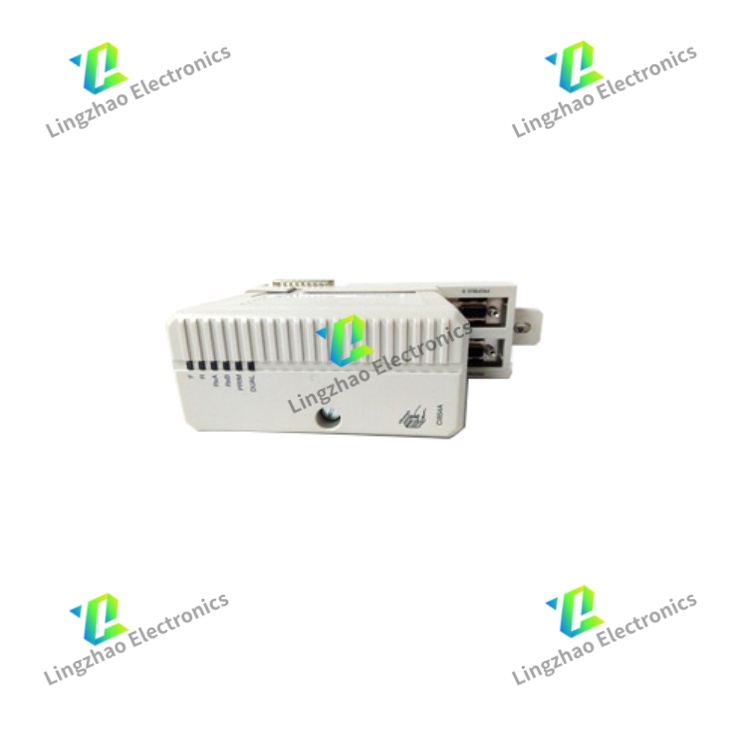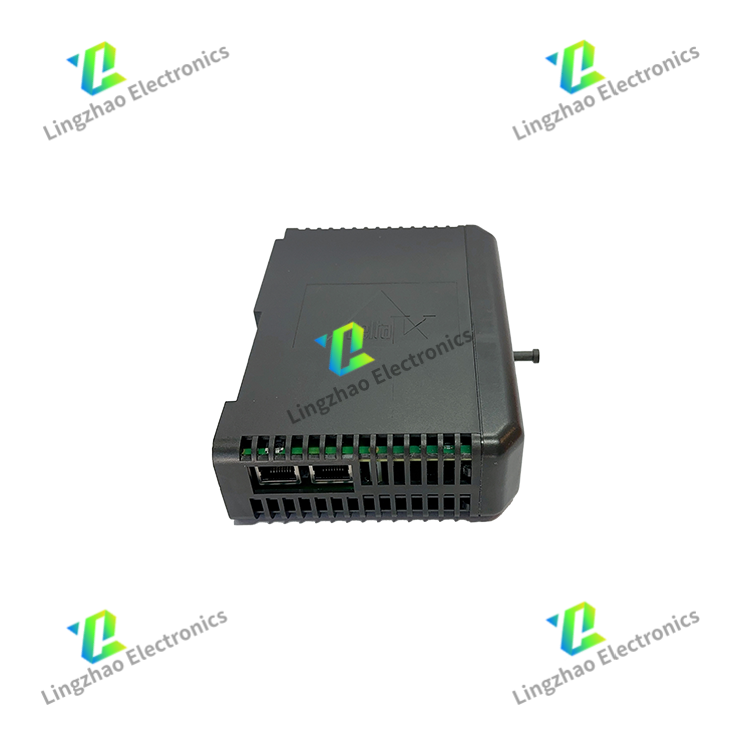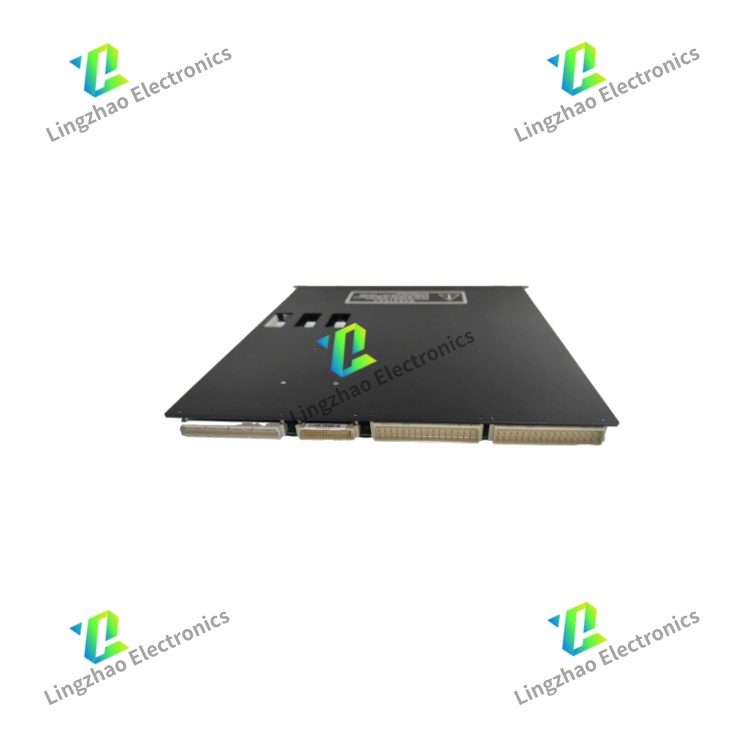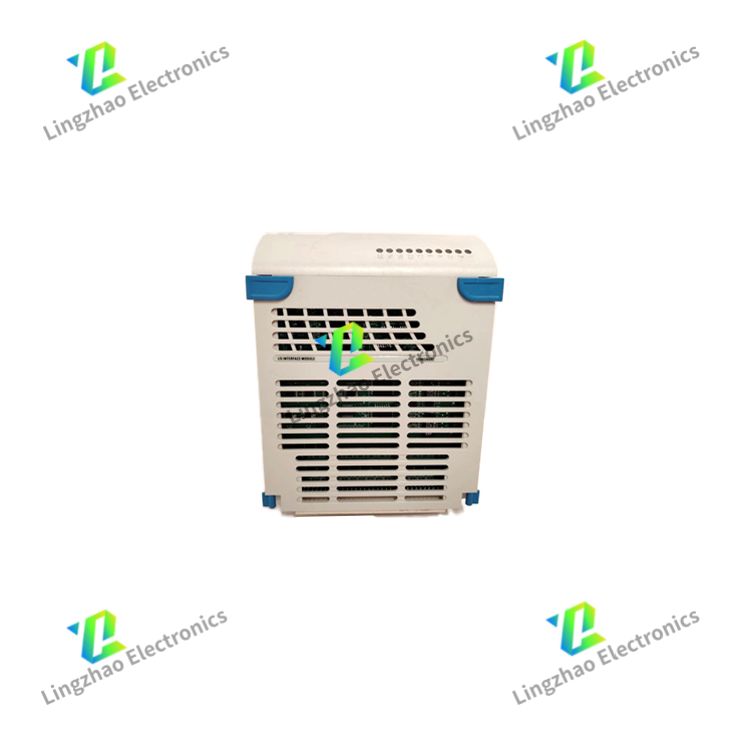PPD103B101 3BHE020455R0101 cost-effective, entry-level Power Protection & Detection Module
PPD103B101 (with 3BHE020455R0101 as its exclusive order number) is a cost-effective, entry-level Power Protection & Detection Module developed by ABB, specifically designed for low-voltage small-power electronic systems. It focuses on core fault detection (overcurrent, overvoltage, overtemperature) and simplified status monitoring, serving as a basic "safety barrier" for small industrial drives, auxiliary converters, and low-power renewable energy inverters. Its design prioritizes ease of installation, plug-and-play integration, and affordability, making it ideal for light industrial and commercial scenarios where basic protection functions suffice. The detailed information is as follows:
- Input Voltage: Single 24VDC ±10% (for internal detection circuits and logic control; no redundant input by default, but supports external parallel power supply for basic redundancy in critical small applications).
- Power Consumption: Typical 3W (normal monitoring state), maximum 6W (fault detection and signal transmission state) – low power demand, suitable for auxiliary power loops of small equipment.
- Isolation Performance:
- Between power input terminals and signal terminals: ≥1500V AC (1 minute, IEC 60664-1 standard) – prevents low-voltage control circuit interference from affecting detection stability.
- Between current sampling terminals (CT input) and low-voltage control terminals: ≥2000V AC (1 minute) – ensures operator safety when handling low-voltage power circuits.
Overcurrent Detection:
- Input signal type: AC current (via small-size industrial CTs with ratio 10:5A, 20:5A, or 50:5A – compatible with most low-power drive CT configurations).
- Detection range: 0–50A (continuous current), 0–250A (short-term surge current) – matches the current rating of small drives (0.18kW–22kW).
- Accuracy: ±4% (within 20%–100% of full scale) – meets the precision needs of entry-level protection scenarios.
- Response time: ≤150μs (for short-circuit current exceeding 250% of rated value) – fast enough to protect small IGBT modules from burnout.
Overvoltage/Undervoltage Detection:
- Input signal type: AC grid voltage (direct sampling for 220V/380V low-voltage systems; no need for external VT).
- Detection range (AC): 0–450V (rms) – covers common low-voltage grid specifications.
- Fixed thresholds (non-configurable for simplicity):
- Overvoltage: 115% of rated voltage (e.g., 437V for 380V systems);
- Undervoltage: 85% of rated voltage (e.g., 323V for 380V systems).
Overtemperature Detection:
- Input channels: 1 channel (for connecting NTC thermistors on small drive heatsinks or IGBT modules).
- Detection range: -20°C to +120°C.
- Fixed alarm threshold: 85°C (typical for small IGBT heatsinks) – triggers protection to avoid overheating-related performance degradation.
Phase Loss Detection (Optional):
- Supported signal: 3-phase AC input (for 3-phase small drives);
- Detection time: ≤100ms – prevents single-phase operation of 3-phase motors, which could cause motor burnout.
- Two-Level Fault Response: Tailored for entry-level scenarios, avoiding complex configuration with fixed but practical protection actions:
- Minor Fault (Warning): Triggers red LED flashing (no shutdown) – e.g., temperature approaching 85°C, undervoltage between 80%–85% of rated value.
- Major Fault (Shutdown): Triggers red LED steady on + hard-wired trip signal output (within ≤150μs) – e.g., short-circuit current, overvoltage exceeding 115% of rated value, overtemperature ≥85°C.
- Anti-False Triggering: Integrates 100μs digital filtering for current/voltage signals – eliminates false protection caused by momentary grid fluctuations (e.g., 1–2 cycle voltage sags) or EMI from nearby small motors.
- No Software Configuration: All protection thresholds are factory-set (overcurrent range selectable via 1 dip switch on the module) – on-site installation only requires wiring signal inputs/outputs and power supply, reducing setup time to ≤30 minutes.
- Intuitive Fault Indication: Front-panel LEDs and fixed fault codes simplify troubleshooting:
- 1 red flash: Overcurrent;
- 2 red flashes: Overvoltage/Undervoltage;
- 3 red flashes: Overtemperature;
- No need for additional HMI or software – maintenance personnel can identify faults at a glance.
- Hard-Wired Signal Priority: 1 normally-open (NO) dry contact output (rated 24VDC/1A) for "fault trip" – directly connects to the enable terminal of small drives or converters, ensuring independent and fast shutdown (no reliance on communication).
- Optional Basic Communication: 1 x RS485 interface (supports Modbus RTU, baud rate fixed at 9600 bps) – transmits real-time current/voltage/temperature data and fault status to ABB PPC380AE control units or low-cost data loggers. No proprietary protocol required – compatible with standard Modbus masters.
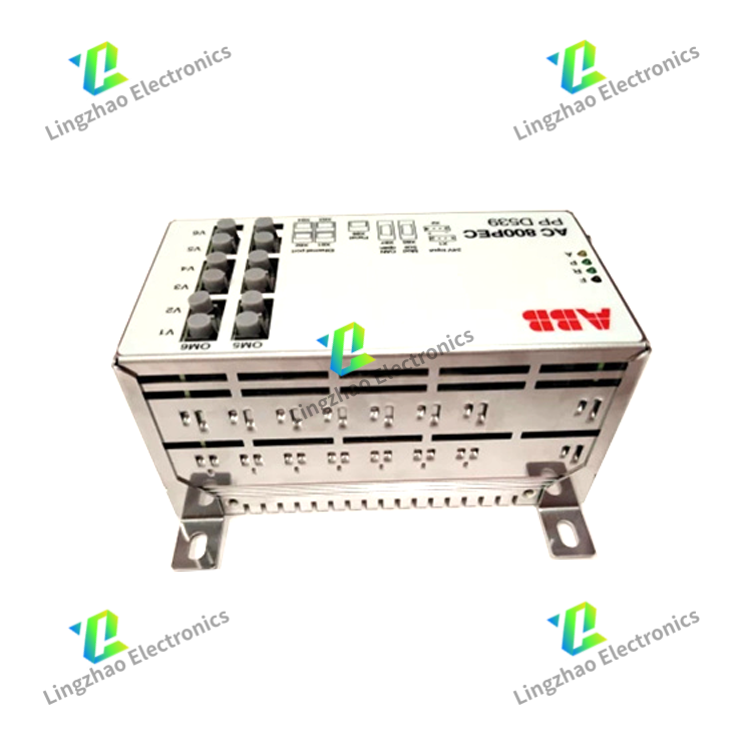

The company has multiple main brands, and if you have other brand requirements, you can also send them to customer service for inquiry.

Related models:


 Product
Product ABB
ABB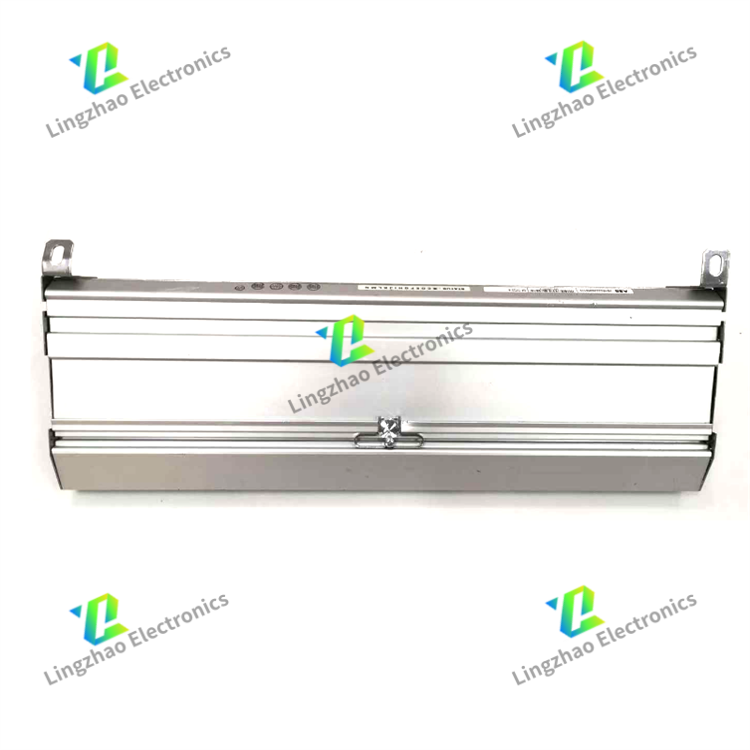



 Online Consultation
Online Consultation 13328303947
13328303947
